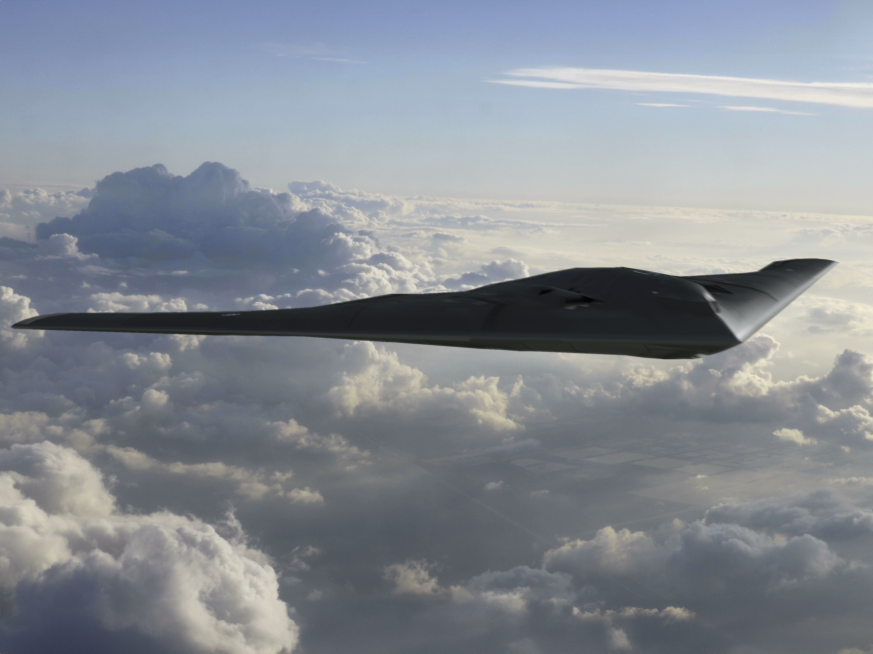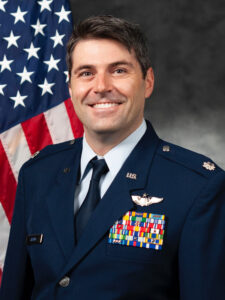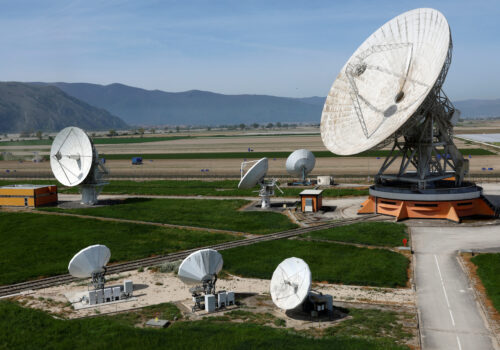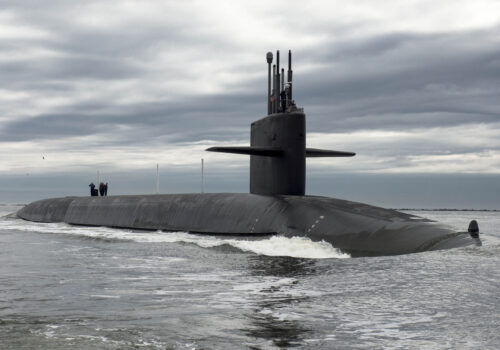Rethinking combined arms for modern warfare
This issue brief is part of the Scowcroft Center for Strategy and Security’s National Defense Strategy Project, outlining the priorities the Department of Defense should address in its next NDS.
Executive summary
Combined arms refers to an approach that, when implemented well, creates a decisive tactical advantage for one’s military. The essence of combined arms lies in striking an adversary in multiple ways so that responding to one kind of attack exposes vulnerabilities to another. Its modern form emerged in the early twentieth century, particularly during World War I, as militaries learned to synchronize infantry, artillery, armor, and aviation to overcome tactical challenges.
Since then, military capabilities have significantly evolved across four key variables: speed, range, sensing, and accuracy of fires. Today, another transformation is now underway—with two major implications for combined arms. First, dramatic improvements in computational power, epitomized by artificial intelligence (AI), greatly increase the amount of data that can be processed at headquarters at all levels. Second, autonomy and advanced missile technology—combined with this enhanced computational power—increase both the range and volume of accurate firepower and improve the protective capabilities of forces.
These changes in the character of warfare suggest different approaches to both platform design and overall force structure. In this new environment, combined arms demands tactical forces across all domains that can: fight for information and decision advantage, deny the enemy access to information; deliver (and absorb) large amounts of firepower; and maintain the ability to close “organic” kill chains to ensure that maneuver remains part of the tactical and operational playbook.
View the full issue brief
About the author
Related content
Explore the program

Forward Defense leads the Atlantic Council’s US and global defense programming, developing actionable recommendations for the United States and its allies and partners to compete, innovate, and navigate the rapidly evolving character of warfare. Through its work on US defense policy and force design, the military applications of advanced technology, space security, strategic deterrence, and defense industrial revitalization, it informs the strategies, policies, and capabilities that the United States will need to deter, and, if necessary, prevail in major-power conflict.
Image: U.S. M1A2 "Abrams" tank moves to firing positions during U.S. led joint military exercise "Noble Partner 2016" near Vaziani, Georgia, May 18, 2016. REUTERS/David Mdzinarishvili



